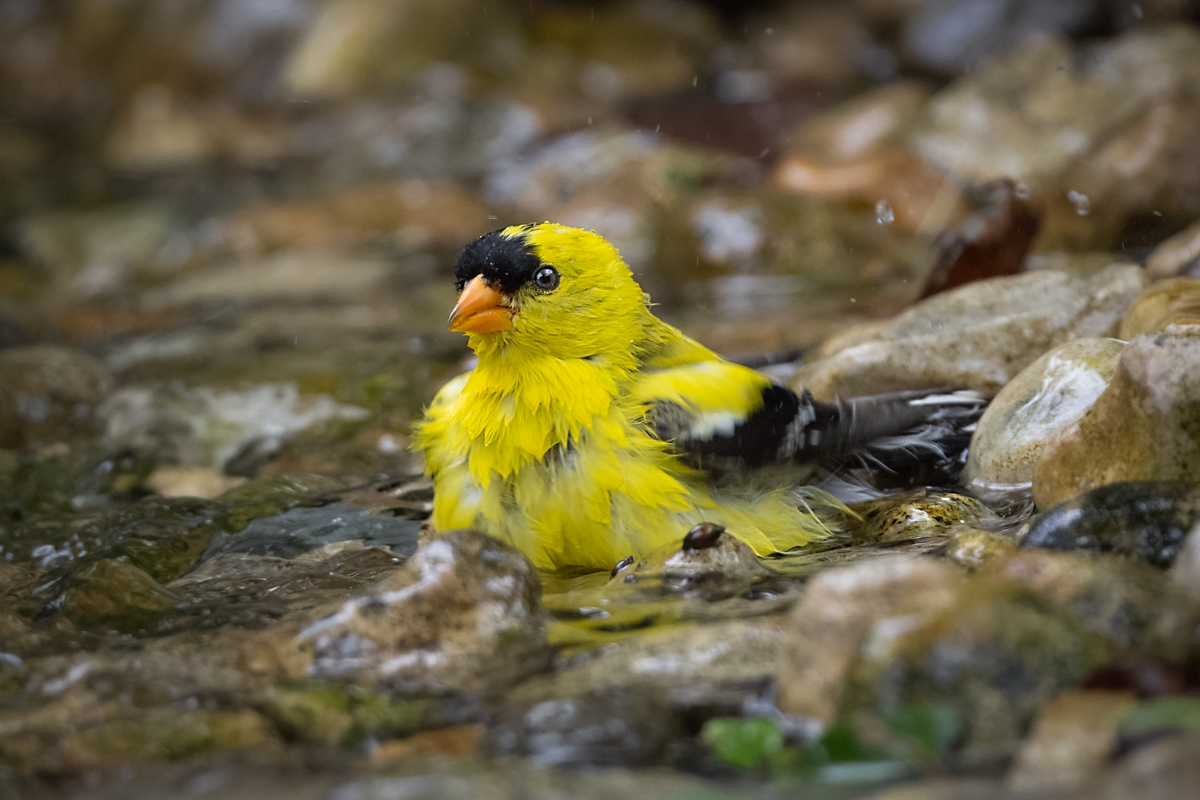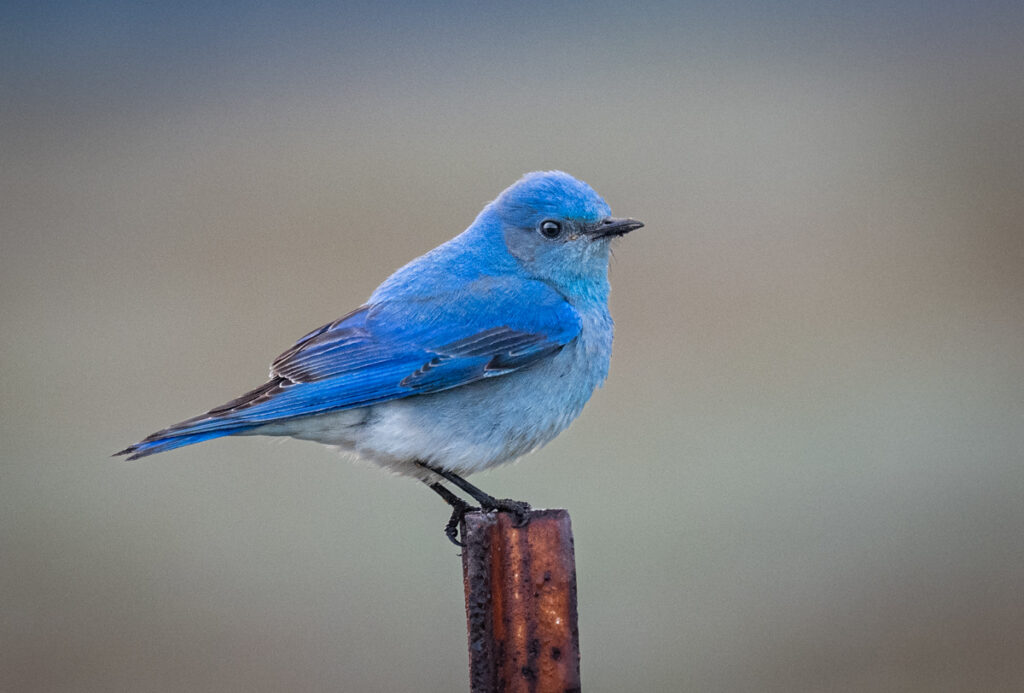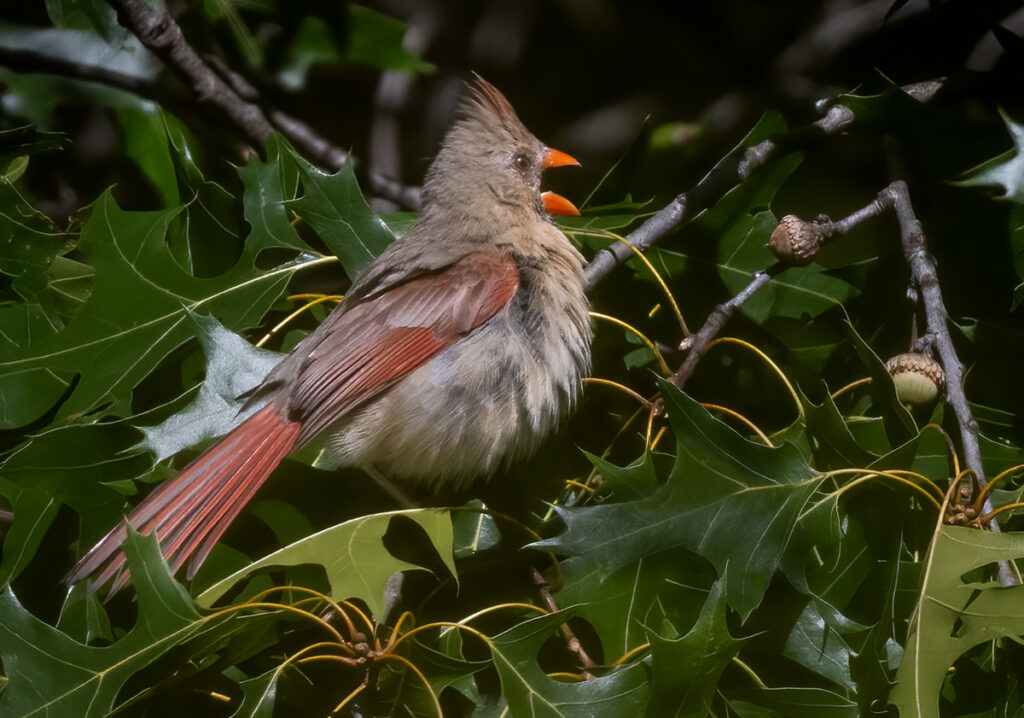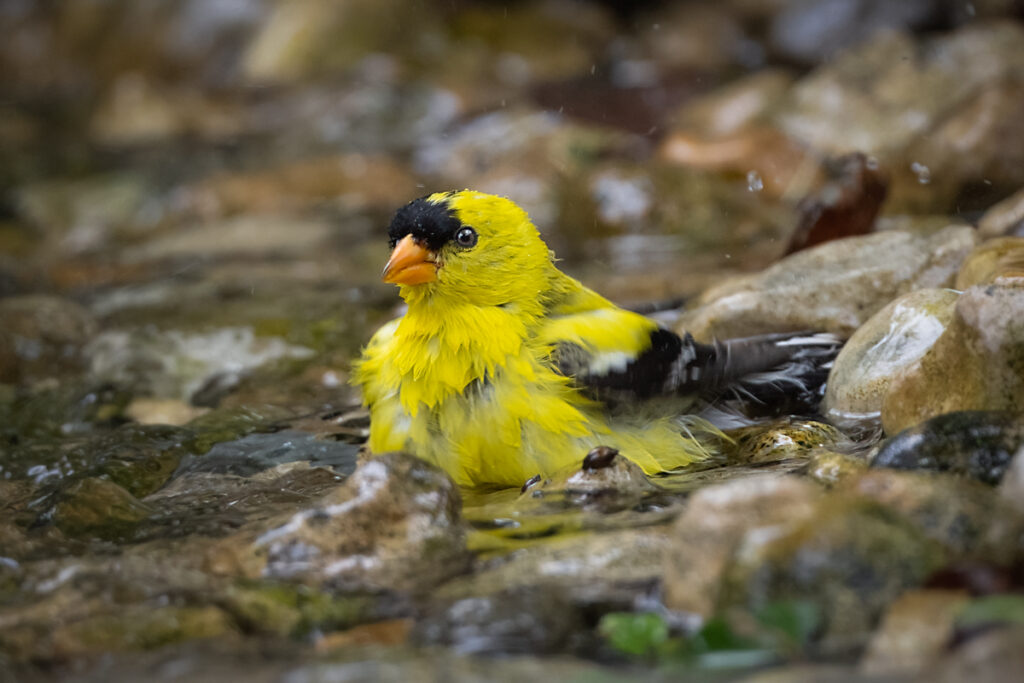
Across North America, it is common to find states proudly displaying their chosen symbols, including flowers, trees, and animals. Among these symbols, birds have captured the imagination of several American states, representing their unique characteristics and values. In today’s blog we explores the reasons behind the avian admiration of three of the four ‘I’ states.

Idaho: Mountain Bluebird
The Mountain Bluebird has been Idaho’s state bird since 1931, being considered by many to be the natural choice due to its vibrant blue plumage reminiscent of the wide-open skies of the Gem State. Like many other states, the bird was also chosen because of its status as a declining species, and as a way to raise awareness of its plight and to encourage conservation efforts. With its melodious song and stunning appearance, the Mountain Bluebird exemplifies Idaho’s love for its expansive landscapes and picturesque mountains, and the hope that the bird conveys the state’s rich wildlife and biodiversity remains strong, serving as a reminder of the importance of conserving these habitats for future generations. Idahoans take pride in their state’s breathtaking scenery, and the Mountain Bluebird does indeed symbolize that dedication to protecting and cherishing the defining natural resources. Most recently, in 2023, the Idaho Department of Fish and Game (IDFG) announced that it would be restoring habitat for the trumpeter swan, a species once common in Idaho, but declined due to habitat loss.

Illinois: Northern Cardinal
Known as the “Prairie State,” Illinois designated the Northern Cardinal as its state bird in 1929, as it was said that the brilliant red plumage of the male cardinal represents the vibrant spirit and resilience of Illinoisans. As a year-round resident, the Northern Cardinal aims to embody the perseverance and adaptability required to thrive in the state’s diverse ecosystems.
The cardinal’s sweet, whistling song is often heard throughout Illinois, filling the air with its distinctive melody. Its presence adds color and life to the prairies, woodlands, and backyards of the state, symbolizing the unity and strength of its communities. The cardinal’s selection as Illinois’ state bird serves as a reminder of the importance of determination and resilience, qualities that have shaped the state’s history and continue to define its people. The Illinois General Assembly recently passed the Bird Friendly Solar Energy Act, which requires solar developers to take steps to minimize the impact of their projects on birds. This includes avoiding nesting areas, using bird-friendly materials, and monitoring for bird deaths. The Illinois Department of Natural Resources (IDNR) has also been working to conserve birds through a variety of initiatives such as restoring prairies and wetlands, managing forests, and protecting important bird habitats.

Iowa: American Goldfinch
Iowa chose the American Goldfinch as its state bird in 1933. This cheerful bird is known for its bright yellow plumage, which mirrors the vibrant fields of Iowa’s crops during the summer months. The American Goldfinch’s presence throughout the state is a testament to Iowa’s agricultural heritage and its commitment to feeding the nation.
As a migratory bird, the American Goldfinch also represents the cyclical nature of Iowa’s seasons. Its arrival during the warmer months coincides with the growth of crops and the flourishing of native plants. The bird’s resilience and adaptability are akin to the determination and hard work of Iowans, who face the challenges of changing seasons with a sense of optimism and fortitude. In 2021, the Iowa Department of Natural Resources (DNR) announced the creation of the Iowa Bird Conservation Initiative, a statewide effort to conserve bird populations and habitats in Iowa. The Iowa Breeding Bird Atlas is a fantastic citizen science project that is mapping the distribution of birds in Iowa, helping identify important bird habitats and to track changes in bird populations over time.
The selection of these birds is a testament to the deep connection these states have for their avian inhabitants, as each state bird tells a story about the values and character of its respective region. By adopting these winged ambassadors, the states not only celebrate their rich ecosystems, but also highlight their commitment to conservation, and residents and visitors alike are reminded of the importance of preserving nature, nurturing resilience, and cherishing the diverse landscapes that make each state special.


